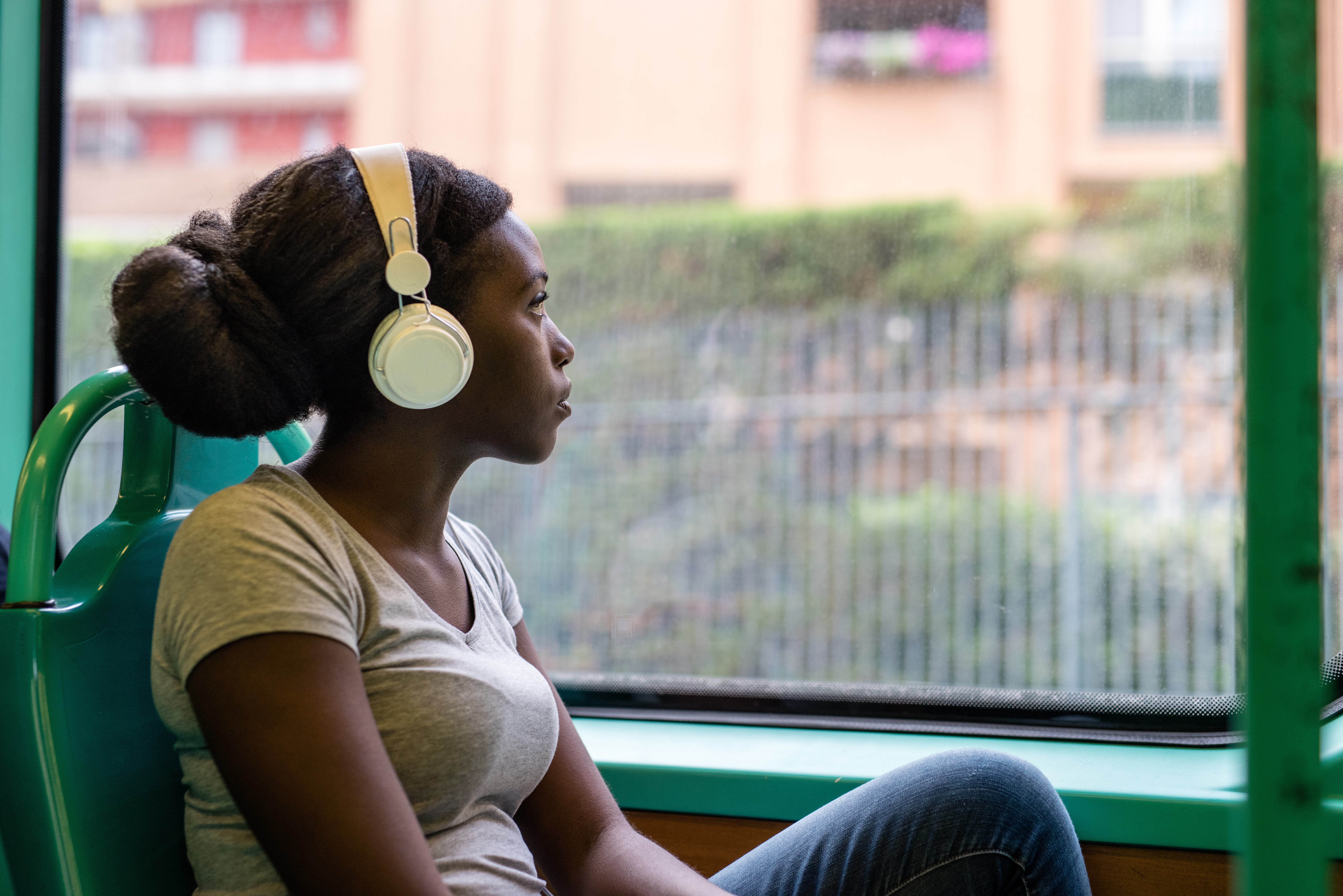Why Brands Need Signature Sounds

When I hear an ad with a familiar voice-over or memorable theme song, it triggers a memory of a product or place. When I hear the theme song for my local mall, I'm transported to the food court and my favorite stores. Every time I drive past an O'Reilly Auto Parts store, their catchy jingle plays on a loop in my head. These kinds of sonic associations are both intimate and powerful. In a crowded ad market, they are also critical to helping brands stay top of mind.
As marketers direct more ad dollars to audio to capitalize on interest in radio, podcasts and streaming audio, it is more important than ever that brands create a consistent audio identity. Also known as sonic branding, the idea is that ads employ a unique sound across platforms, so the tone becomes familiar and consumers associate it with a brand. Recognizable audio signatures help a brand stand out, emphasize a brand's identity and drive engagement.
Sonic branding is a time-honored tactic in radio ads. For decades, advertisers have used a consistent music bed to kick off their ads or the same individual to voice their spots. More recently, as marketers tightened ad budgets and shifted dollars to digital media, some advertisers have tried to shoe-horn creative from TV and digital into audio. That might save some dollars on creative, but it robs brands of a huge opportunity to establish a unified audio signature.
Now, as listening grows across formats and devices, audio deserves its creative due. What's at stake? Half of all Americans have listened to a podcast and one in four listen weekly, according to the latest Infinite Dial report from Edison Research and Triton Digital. At the same time, nearly one-quarter of Americans own at least one smart speaker, with owners citing audio as one of their top speaker uses. Nearly two-thirds of Americans listen to online radio, including streaming services like Pandora and Spotify, as well as online broadcast radio stations. And, of course, broadcast radio remains the most-used media, with 92% of Americans listening regularly, per Nielsen.
To harness audio's potential, marketers need to prioritize audio creative and sonic logos. A familiar sound increases brand recall and engagement, which are critical to converting listeners into customers. Ads are often heard, but not seen, which makes a consistent sound across platforms even more important. According to a report from Nielsen Consumer Neuroscience, 61% of TV ads are not watched, but they are heard.
Radio spots can help make TV ads more memorable too; in a separate study, Nielsen found people who listened to a radio spot for a brand had 35% higher awareness for companion TV ads compared to those who only watched the TV ad. Some companies are making these cross-platform connections and creating a sound logo. Earlier this spring, Pandora revealed a new three-second sonic logo as part of its "Sound On" ad campaign. Mastercard, meanwhile, debuted a new audio signature earlier this year and now uses it across media channels. Fittingly, the credit card company revealed the news in an audio press release, explaining "the distinct and memorable Mastercard melody will provide simple, seamless familiarity."
Indeed, ads with an audio logo produce higher purchase intent than spots without one, according to an analysis of 164 award-winning radio ads by ad effectiveness firm Veritonic and radio network Westwood One. Music made ads even more memorable, with those spots generating 150% higher purchase intent than spots without any music.
The importance of sonic branding also extends to content. Music intros for popular programs can produce an almost visceral reaction. CBS' iconic 60 Minutes ticking clock signals both the start of the venerable news show and the end of the weekend.
Changes can be jarring. Case in point: NPR recently debuted a new theme song for its flagship morning show, Morning Edition, replacing a recognizable song that had run for 40 years. Some listeners protested loudly on social media and hundreds even e-mailed NPR executives to complain about the change and express their dislike of the new song. For their part, NPR executives have explained they wanted to update the music with a fresh, modern sound.
Whether you like the new Morning Edition tune or pine for the old one, the debate got people talking about NPR and the show and searching for the music online. The coverage and social media chatter raised NPR's profile and likely spurred sampling, which is good for listening, affiliates and brand partners.
Which leads us to a good point: Sonic branding doesn't have to appeal to everyone to make it memorable. The best sounds will generate a reaction from listeners and, at their best, will send customers to a store or website to take action. Now, if you'll excuse me, I'm off to buy some wiper blades and washer fluid from "O-O-O O'Reilly … Auto Parts."
Click the social buttons above or below to share this story with your friends and colleagues.
The opinions and points of view expressed in this content are exclusively the views of the author and/or subject(s) and do not necessarily represent the views of MediaVillage.com/MyersBizNet, Inc. management or associated writers.


